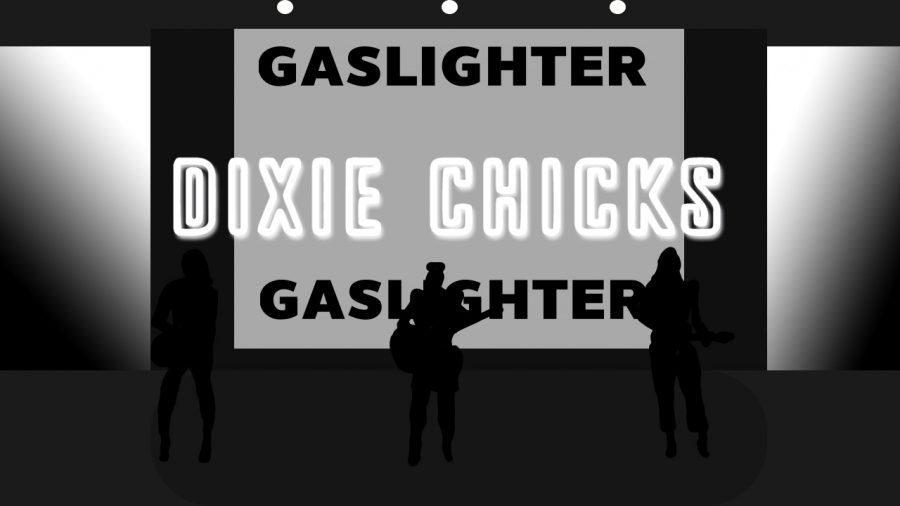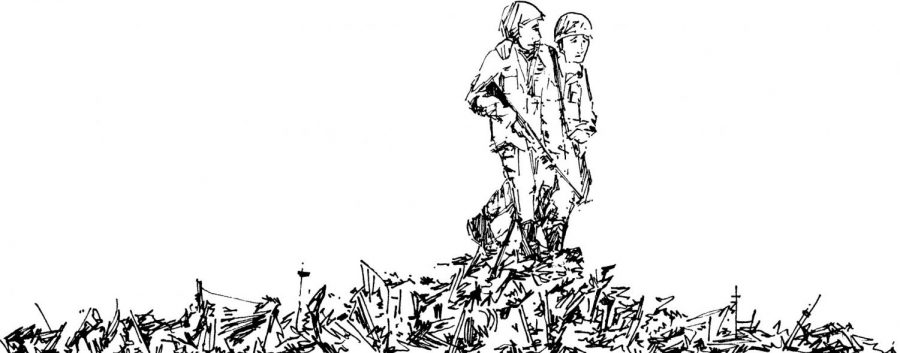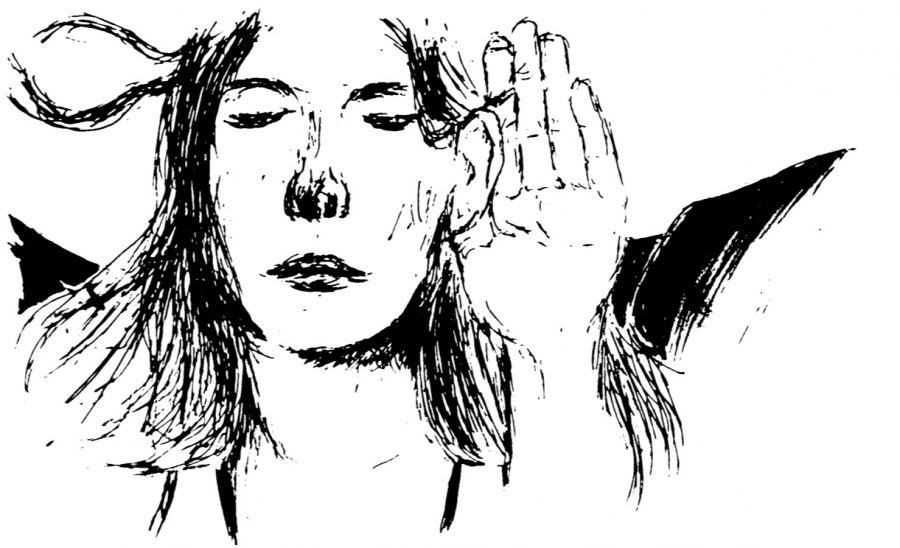For cineastes like myself, summers are an enigmatic haystack, ripe with farcical blockbusters and quixotic art house films that frequently leave our voracious movie appetites longing for something so simple, so believable and so modest that the product cannot, by any stretch of the imagination, resemble a movie. Enduring some five months of movies ranging the gamut from a Burtonesque (soon-to-be Selickesque) stop-motion adaptation of a twisted children’s one-part-fantasy-two-parts-horror novel to the fourth, but perhaps not the most Ludacris, installment of the chromed-out, nitrous oxide- injected “The Fast and the Furious” franchise, summers are the time for movies that show us that the repository of reality is enough from which to construct some sort of transportive meanin
Last summer, “The Visitor,” Thomas McCarthy’s real-life gem about a middle-aged professor whose life suddenly turns on its head after meeting an illegal immigrant couple, was the lucid needle in the rick. The unornamented, slice-of-life drama managed to study the delicate nature of human emotions without mollycoddling the audience, without holding the audience’s hand every time the plot took a step forward. The film was so successful in doing just that (“showing” what most movies “tell”) that the Academy nominated Richard Jenkins for Best Actor in a culture where summer films traditionally go unnoticed by the Academy come Februar
This summer has been generous: indeed philanthropic: to fans of both Hollywood cookie-cutters and art house idiosyncrasies. The former have been courted by the likes of “Star Trek,” “Up,” “Public Enemies,” “District 9” and “Julie & Julia”: all better-than-average summer blockbusters that found their niches among the mercurial general American movie-going constituency. The latter have been wooed by an unusually long group of films, including “The Hurt Locker,” “Goodbye Solo,” “Lorna’s Silence,” “Tulpan” and “The Cove”: an amazing turnout: including some fresh, young talent: for an artistic demographic that finds itself increasingly marginalized because of the current economic crisi
My predilection for Italian neorealism and its contemporary renaissance, which A. O. Scott of The New York Times has called “neo-neo realism,” has cultivated my appreciation for directors, especially those who write their own scripts. Great actors possess a creative genius of interpretation, whereas great directors, more importantly, possess a creative genius of creation. Because of the Academy’s subterranean bias toward end-of-the-year release dates, most great directors, including Quentin Tarantino, Ang Lee, Francis Ford Coppola and Steven Soderbergh, usually hold off until then to release their films. This summer’s cinematic hors d’oeuvres, however, prove that the age of great directors releasing their films in the summer, after going almost completely AWOL for a few years, is back. All three aforementioned directors released their films: “Inglourious Basterds,” “Taking Woodstock,” “Tetro” and “The Girlfriend Experience,” respectively: this summer, and many more directors of similar category followed suit. And, then, there are those directors whom few have ever heard of. They, too, released their films this summer: Ramin Bahrani (“Goodbye Solo”), the Dardenne brothers (“Lorna’s Silence”), Kathryn Bigelow (“The Hurt Locker”), and Hayao Miyazaki (“Ponyo”).
Consequently, selecting a group of this summer’s best films: and, thus, directors: feels like drinking most, but not all, of a glass of chocolate milk. The most succulent chocolate is typically not that which saturates the milk, but that which settles at the bottom of the glass. I could say that “Inglourious Basterds” seamlessly picked up where “Kill Bill” left off and that Tarantino has, once again, mixed genres, written impossible characters and poked fun at our hemophobic society. I could also say that Bigelow has proven that silence, rather than gratuitous explosions and improbable shootouts, creates the most compelling tension and affords great war films their visceral importance with audiences. Or I could say that “Goodbye Solo” (and Bahrani’s previous films “Chop Shop” and “Man Push Cart”) makes us aware of the subtleties of life: the improbable circumstances that bring disparate people together, the timeliness of their interactions, the life trajectories that lead them apart, and the implications thereof. But I will not. This was the summer of the auteur and, thus, the winner is the audience.




